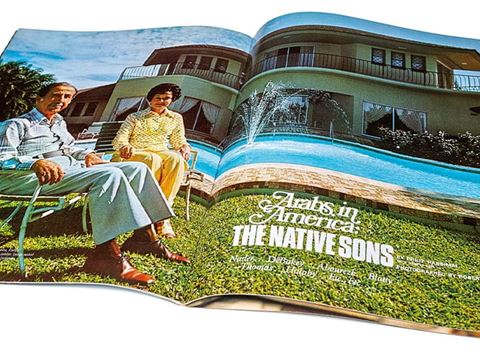
FirstLook: Stepwells of Chand Baori
The Stepwell of Chand Baori
The experience of looking down into architecture rather than up at it is a subversive one. Of India’s hundreds of stepwells, Chand Baori is one of the largest, deepest and oldest. Its mesmerizing geometry of more than 3,500 steps and its plunge down 30 meters through 13 stories never fails to excite.
The first function of stepwells, which are unique to India, was to provide a year-round source of water. Their design offered two advantages over simple draw-wells. Stepwells had, first, great capacity. Many were built along trade routes, where they could serve both residents and travelers. Stepwells were also cooler down at their water-table’s surface than up on the ground above. Especially under Islamic rule, architectural enhancements were made to stepwells, such as loggias with small chambers—such as the one near the center of Chand Baori—in which one could take relief from the sun.
Chand Baori was built around 800 CE by Raja Chand, a Hindi surname that means “moon.” In the 18th century, Mughal rulers added rooms, galleries and arches. Today it is fenced, its stairs being regarded as too steep to allow public access anymore.
—Victoria Lautman author of The Vanishing Stepwells of India
Merrell Publishers, 2017 www.victorialautman.com @victorialautman
Chand Baori was built around 800 CE by Raja Chand, a Hindi surname that means “moon.” In the 18th century, Mughal rulers added rooms, galleries and arches. Today it is fenced, its stairs being regarded as too steep to allow public access anymore.
—Victoria Lautman author of The Vanishing Stepwells of India
Merrell Publishers, 2017 www.victorialautman.com @victorialautman
You may also be interested in...
.jpg?cx=0.5&cy=0.5&cw=480&ch=360)
Photo Captures Kuwaiti Port Market in the 1990s
History
Arts
After the war in 1991, Kuwait faced a demand for consumer goods. In response, a popular market sprang up, selling merchandise transported by traditional wooden ships. Eager to replace household items that had been looted, people flocked to the new market and found everything from flowerpots, kitchen items and electronics to furniture, dry goods and fresh produce.
Spotlight on Photography: Arabs In America
Arts
In 1975 AramcoWorld dedicated an entire issue to celebrating the lives of Arab Americans and their impact—from renowned heart surgeon Michael DeBakey to White House correspondent Helen Thomas to entertainer and St. Jude Children’s Research Hospital founder Danny Thomas.
Orion Through a 3D-Printed Telescope
Arts
With his homemade telescope, Astrophotographer Zubuyer Kaolin brings the Orion Nebula close to home.